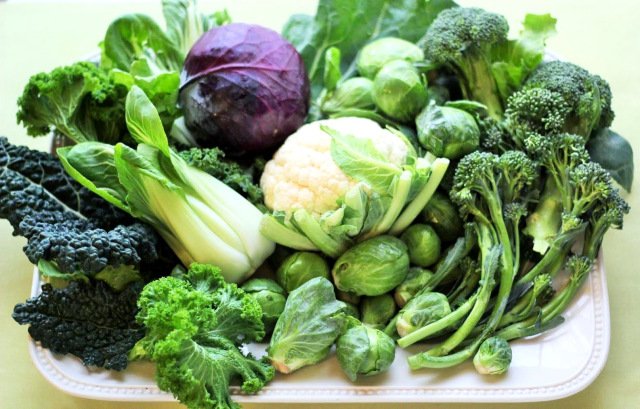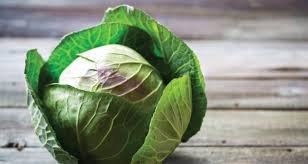What We are Growing for Energy, Muscle Tone, and overall Health
What We are Growing for Energy, Muscle Tone, and overall Health

September 18, 2020|Vegetables
Brassica cruciferous vegetables
Every gardener has their favorite fruit or vegetable they grow each and every year, and look forward to every year, whether it is eating a fresh tomato, or biting into a sugar sweet pea. Maybe it is those super hot peppers that you grow and use to make the hot sauce all of your friends envy. But what if I told you there was a vegetable, or a family of vegetables, that you can grow all year round, with just a little bit of help, and can give you year round health benefits most people are searching for?
I have been doing more and more research on the plants we grow, how to cook, eat, and store them for long term use, and what these foods can do for me and my family, and right now, with fall now less than a week away, we are focusing on our Fall Crops. What I am finding out is we should be focusing on these crops as much or more than all of the others. Why? Several reason.
You can grow many of these crops year round in many places, sometimes with just a little help.
The health benefits, as stated from the AMA and every study I can find on the subject.
The flavors and versatility of these foods can span across most cuisines, and finally,
There are many ways of eating these veggies - fresh, pickled, fermented, canned, and frozen.

Head of cabbage
So what are these magical vegetables...no secret really...BRASSICAS. If you are new to gardening you may be asking “what is a brassica?” These are also known as “cruciferous” vegetables. So what falls in this category? Try all the different cabbages, bok choy, radishes, broccoli, Brussels sprouts, cauliflower, collard, kale, kohlrabi, rape, rutabaga, wasabi, and horseradish, to name a few.
These vegetables do so many things for the body, many thrive in warm and cool weather where many other crops fail, some even going thru severe frost. This is a family of vegetable you could be planting almost every month of the year, and many of these vegetables have a short growing period, which means that you could start a small area every week or two for 6-8 weeks and always have it available for your family.
According to the AMA, cruciferous vegetables help with chronic diseases like cancer and cardio vascular, as well as help to boost T cells, control production of estrogen and boost testosterone in men, helping men to maintain strength, lean muscle, burning of excess fat, and a higher libido. These are super foods, and as a whole, and especially my family, we do not eat enough of these plants. Growing up I was accustomed to eat turnip and collard greens, my dad showed me the sweet, earthy flavors of pickled beets, and cabbage with cow-peas was a family favorite that we ate every New Years Day.
As life went on, I got busy, worked on the road a lot, and convenience took over the main part of my diet decisions. This is a horrible habit to get into, and yet, I did not even realize how my diet progressively got worse and worse, to the point eating a fresh vegetable was almost unheard of for me. Well several years ago, we moved to an area that has no fast food restaurants, in fact we have very few restaurants period within 60+ miles. And so began our families turn back to eating healthy, or at least, better than we were doing. Now we are working on developing our garden areas to produce a significant portion of our diet, and we are finding out one very important thing...we love the brassica family of vegetables.
The best part is they, for the most part, are very easy to grow, some of them even in moderate soil. We have turned out amazing beets, turnips, rutabagas, cabbage, and radishes, with very little to no additions to our soil. Our property has many different types and layers of soil ranging from rich, black soil with lots of organic matter, to rock and clay, to decomposing granite and everything in between. We have added just a little amendments like manure and peat moss to the clay and rocky portions and granite soils, and still produced terrific beets and turnips. We have a large section of our garden we covered with 4-6 inches of wood chips, doing the “Back to Eden” (
This family of vegetable is often overlooked by many, historically considered “poor man's”
food, but is among the healthiest vegetables we can eat. So I would encourage you to find a plot of ground this fall, winter, spring or summer, and plant away for a bountiful crop of delicious, vitamin and mineral rich foods.
Right now you can purchase a collection of 26 varieties of these fall seeds, which also include carrots, lettuce, sweet peas, spinach and Swiss Chard, at our

basket of fresh harvested turnips
website (http://clearwatervalleyfarms.com) and start growing an amazing amount of incredible food for you and your family. You can plant these seeds starting in August, and in the southern regions of the country as late as October or November, as well as early spring. If you have a small greenhouse you can grow many of these all year round. So don't hesitate, get your seeds today.
Check us out on YouTube at ( http://youtube.com/c/MyHomesteadEducation ) Subscribe and Enjoy our Free videos.
We will be adding awesome recipes containing these awesome vegetables in future blogs. Subscribe to our newsletter and follow us here and get an automatic 25% discount code on your first order from us.
You can get a Fall Collection of 26 varieties of seeds for as little as $15 for the Urban Seed Packs up to $50 for the larger packs of seeds.